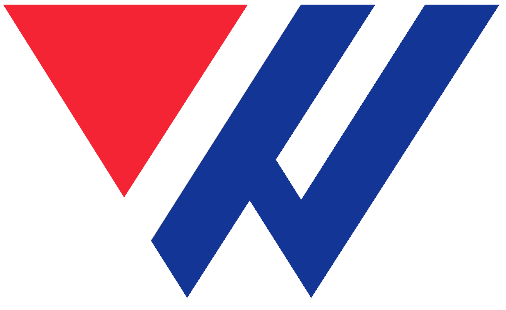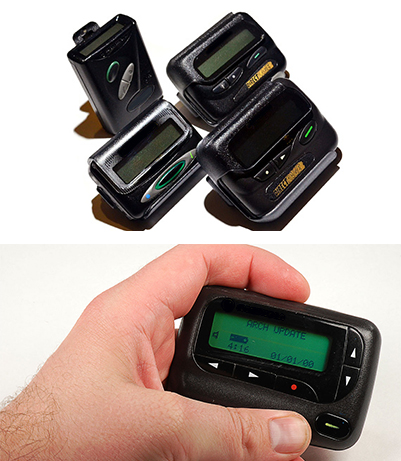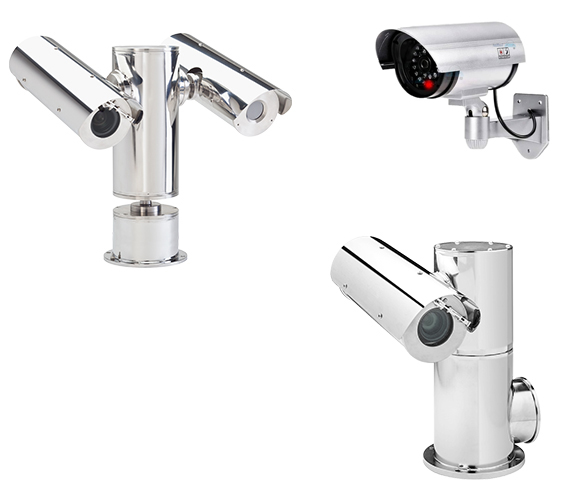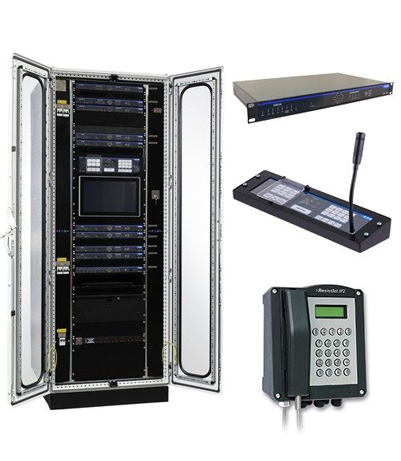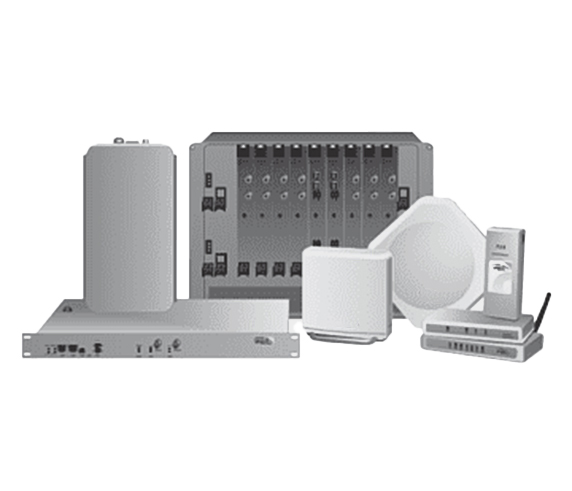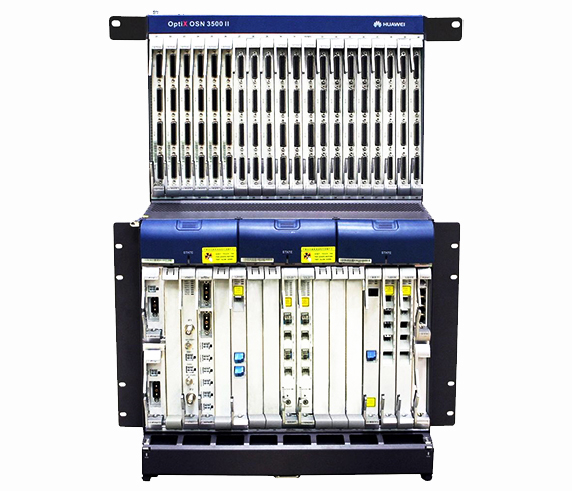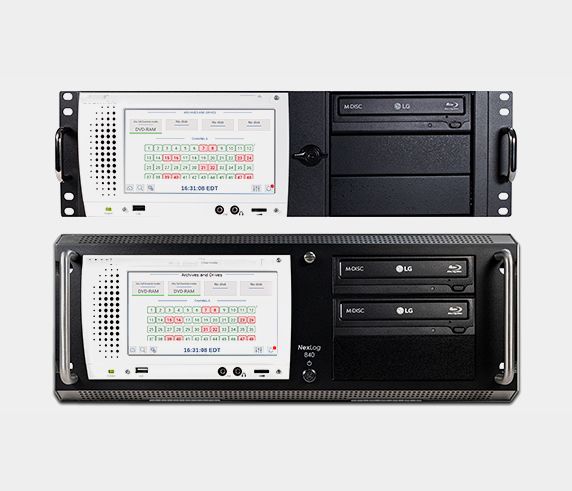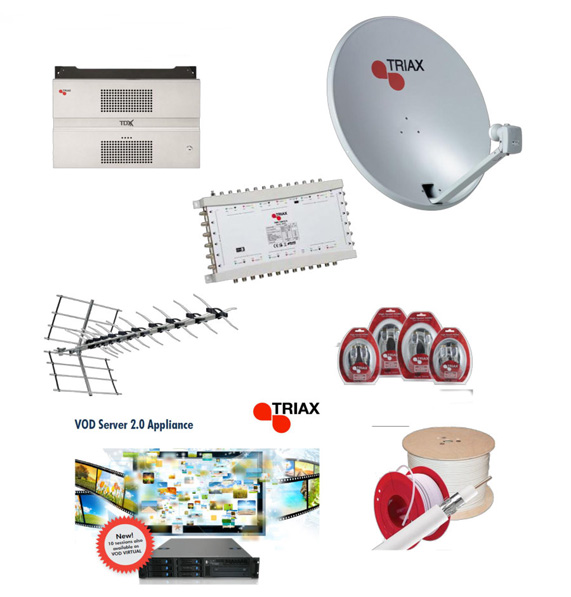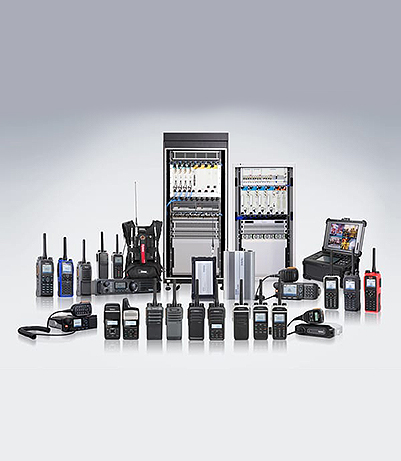
TETRA (Terrestrial Trunked Radio) and DMR (Digital Mobile Radio) are two digital radio communication systems used by organizations and businesses for voice and data communication.
TETRA is a digital trunked radio system designed for use in Oil and Gas , Various Industries, public safety organizations, such as police, fire, and emergency medical services. It provides secure, reliable, and flexible voice and data communication capabilities for these organizations, with features such as GPS location tracking, encryption, and group calling.
DMR, on the other hand, is a digital radio communication system designed for commercial and industrial use. It is used by businesses in various industries, such as Oil and Gas, transportation, hospitality, and manufacturing, to provide voice and data communication between workers. DMR offers features such as group calling, messaging, and data transfer, as well as a range of different equipment options to suit different environments.
Both TETRA and DMR offer digital voice communication with improved audio quality and reduced background noise compared to analog systems. They also offer encryption options to ensure secure communication and are designed to be more efficient and cost-effective than analog systems.
When choosing between TETRA and DMR radio systems, organizations should consider factors such as the size and complexity of their communication needs, the level of security required, and the specific features and equipment needed.
Both TETRA and DMR offer reliable and advanced communication capabilities that can improve the efficiency and safety of organizations in a range of industries.
WAFA are partnered with Motorola and Hytera to bring you the best TETRA and DMR Radio Systems Solutions.
